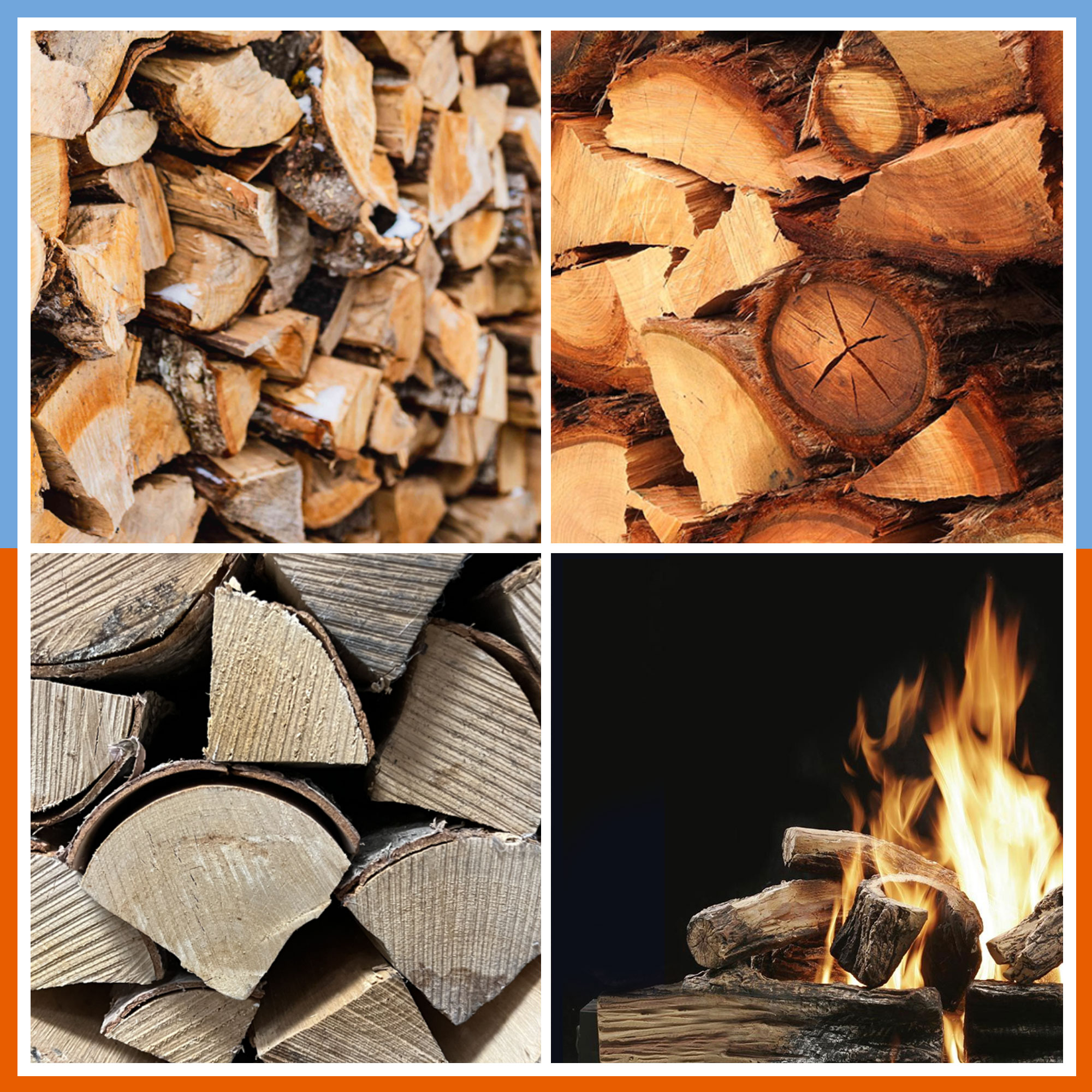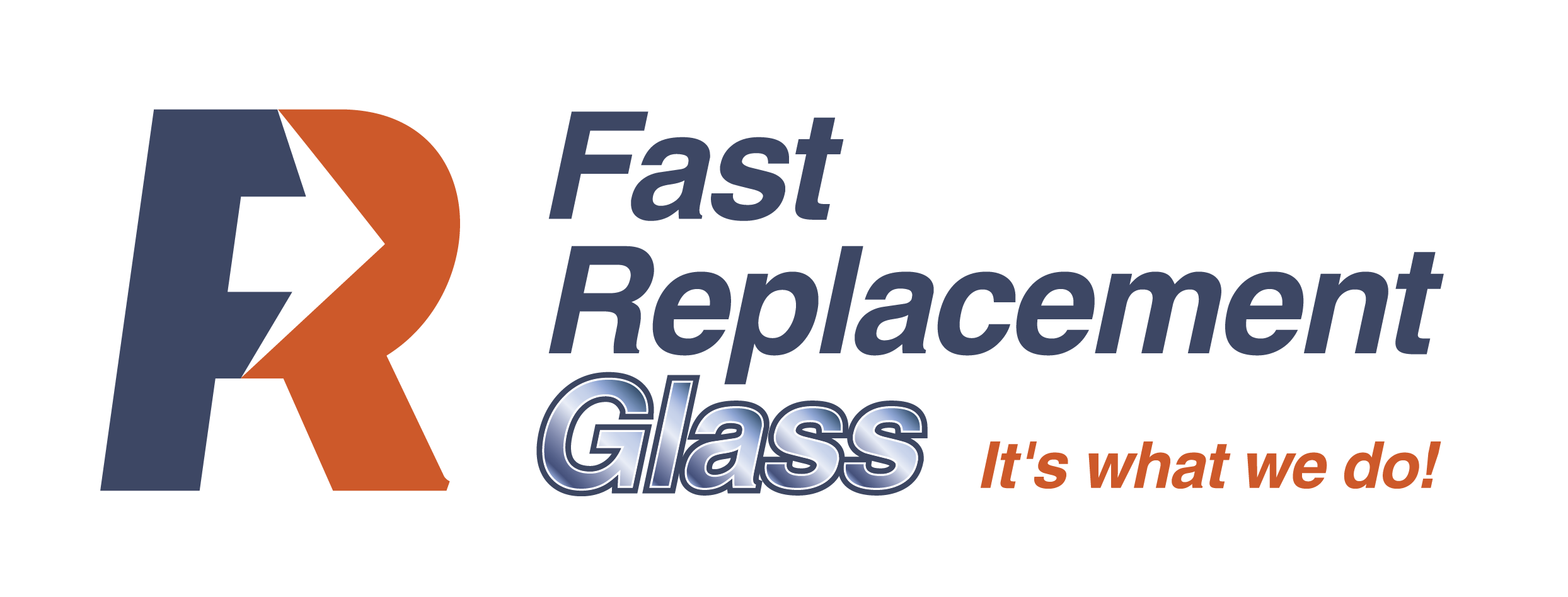Best Wood to Burn for Fireplaces or Stoves
A roaring fire in a fireplace or stove brings both warmth and ambiance to your home. But not all wood is created equal when it comes to burning efficiently and producing long-lasting, cozy flames. Whether you're a seasoned fire enthusiast or a newcomer to the world of wood-burning, understanding the different types of wood and their characteristics can significantly enhance your fireplace or stove experience. In this guide, we'll explore various wood types, their pros and cons, and answer some frequently asked questions to help you make the best choice for your heating needs.

Types of Wood for Burning
1. Hardwoods:
Hardwoods are known for their dense and slow-burning properties. They tend to produce more heat and create longer-lasting fires. Some popular hardwood options include:
- Oak: Offers excellent heat output and burns steadily.
- Maple: Produces consistent and long-lasting flames.
- Hickory: Imparts a pleasant aroma while burning and provides steady heat.
- Ash: Known for its easy splitting and consistent burning qualities.
Pros: High heat output, longer burn times, pleasant aromas. Cons: Can be more challenging to split, often more expensive.
2. Softwoods:
Softwoods ignite quickly and are known for their aromatic qualities. They are a good choice for kindling and quick bursts of heat. Popular softwoods for burning include:
- Pine: Ignites easily and produces a pleasant scent.
- Fir: Offers rapid ignition and crackling flames.
- Cedar: Imparts a distinctive aroma and burns well.
Pros: Easy to ignite, aromatic qualities, cost-effective. Cons: Burn faster compared to hardwoods, may produce more creosote buildup in chimneys.
3. Fruitwoods:
Fruitwoods are hardwoods that come from fruit-bearing trees, often used for adding flavor to smoked foods. Some fruitwoods are excellent choices for burning in fireplaces or stoves:
- Apple: Burns slowly, producing a sweet aroma.
- Cherry: Offers a mild fragrance and steady burn.
- Pear: Produces pleasant-smelling flames.
Pros: Unique and pleasant aromas, slower burning. Cons: Not always widely available, may be more expensive.
Pros and Cons of Different Wood Types
| Wood Type | Pros | Cons |
|---|---|---|
| Oak | High heat output, long burn times | Can be harder to split, slower to ignite |
| Maple | Consistent, long-lasting flames | May be more expensive |
| Hickory | Aromatic, steady heat | Harder to split, slow ignition |
| Pine | Easy to ignite, pleasant scent | Burns quickly, more creosote buildup |
| Fir | Rapid ignition, crackling flames | Short burn times, potential creosote |
| Apple | Slow, sweet aroma, unique flavor potential | Availability, cost |
| Cherry | Mild fragrance, even burn | Availability, cost |
| Pear | Pleasant scent, steady burn | Availability, cost |
Frequently Asked Questions:
1. Which wood type produces the most heat?
Hardwoods like oak, maple, and hickory generally produce more heat due to their density and slower burn rate.
2. Can I burn any type of wood in my fireplace or stove?
It's important to burn well-seasoned wood to prevent excessive creosote buildup in your chimney or stove. Avoid burning wood that is green, wet, or treated, as it can lead to poor combustion and potential chimney issues.
3. How can I tell if wood is properly seasoned?
Seasoned wood typically has cracks and splits at the ends, a lighter color, and a dry, hollow sound when two pieces are tapped together.
4. Can I mix different types of wood when burning?
Yes, combining hardwoods with softwoods can provide a good balance of quick ignition and longer burn times. However, avoid using woods with high resin content, as they can contribute to creosote buildup.
5. Should I buy pre-packaged firewood or cut my own?
Both options have their merits. Buying pre-packaged firewood can be convenient, while cutting your own allows you to control the drying process and select the wood types you prefer.
6. How often should I clean my chimney or stovepipe?
It's recommended to have your chimney or stovepipe cleaned at least once a year to prevent creosote buildup and ensure safe and efficient operation.
7. Are there any woods I should avoid burning?
Avoid burning woods that produce excessive smoke or have a high resin content, such as pine or cedar. Additionally, avoid burning wood that has been painted, treated, or contains glue.
In conclusion, the type of wood you choose to burn in your fireplace or stove can greatly influence your overall experience. Hardwoods provide long-lasting heat, while softwoods ignite quickly. Fruitwoods add unique aromas to your space. Consider your heating needs, the availability of different wood types, and proper seasoning to make an informed choice that enhances both warmth and ambiance in your home. Remember to practice responsible burning habits to ensure safety and efficiency.

